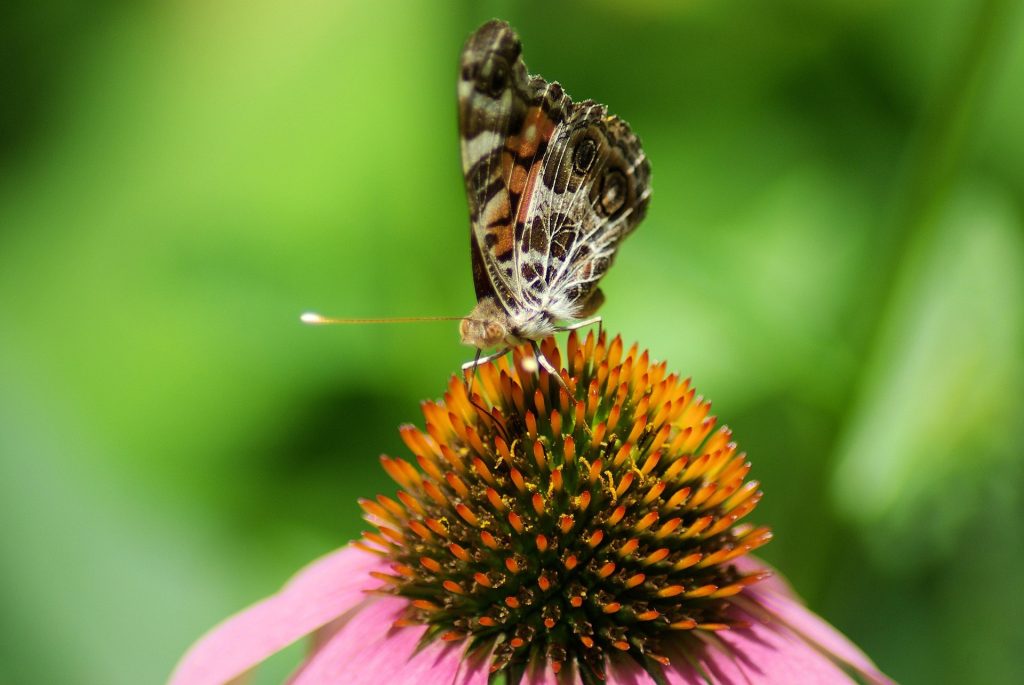Blog, Garden Blog, Garden Tips
The Comprehensive July Garden Guide from The Country Barn
July marks a critical juncture in the gardening year at The Country Barn, where the full intensity of summer arrives and mid-year growth is in full swing. This article provides an all-inclusive guide on what to do in your Country Barn garden in July, categorizing the information into five distinct sections: vegetable gardens, lawns, landscapes, container gardens, and flower gardens.
Vegetable Gardens
- Planting: July is a favorable time to plant late-summer vegetables such as beans, cucumbers, and summer squash. Additionally, prepare for the fall by initiating the seeding of cool-weather vegetables such as broccoli, cabbage, kale, and Brussels sprouts indoors.
- Harvesting: Be ready for a yield of ripe tomatoes, peppers, summer squash, cucumbers, and early planted corn.
- Maintenance: Ensure steady watering and weed management, especially during the hot, arid summer days. Use mulch to help preserve soil moisture and protect roots from excessive heat. Stay on the lookout for pests and diseases, removing harmful insects by hand and utilizing organic pesticides when required.
Lawns
- Watering: Your lawn needs around 1 to 1.5 inches of water weekly. Prioritize deep, infrequent watering to encourage deeper root development.
- Mowing: Raise your mowing height to around 3 inches to reduce stress on the grass and minimize water loss from the soil.
- Fertilizing: It’s generally recommended to avoid fertilizing in July to prevent scorching your lawn. If unavoidable, use a slow-release fertilizer.
Landscapes
- Planting: Although July is typically not an ideal month for planting new shrubs and trees due to high temperatures, if planting is essential, ensure they receive plenty of water to help the roots establish.
- Pruning: Remove faded blooms on perennials and summer-blooming shrubs to promote new growth.
- Watering: Thorough watering is key, particularly for newly planted trees and shrubs.
Container Gardens
- Planting: Continue with the planting of summer flowers and herbs to maintain a vibrant and fresh display.
- Watering: As container plants can dry out quicker, they might require daily watering, particularly on hot days.
- Fertilizing: Consistent feeding is crucial for container plants. Apply a water-soluble fertilizer every two weeks.
Flower Gardens
- Planting: Proceed with the planting of annuals and summer-blooming perennials. For a colorful autumn display, start seeding fall-blooming plants like asters and mums.
- Deadheading: Regularly remove spent flowers to stimulate more blooms.
- Mulching: Apply mulch around plants to keep the soil cool, conserve moisture, and control weed growth.
In summary, July at The Country Barn often brings with it high temperatures and potential dry spells. Emphasize watering all areas of your garden, especially those with newly sown seeds or saplings. Keep a watchful eye for pests and diseases, and above all, take time to appreciate the tranquil beauty of your garden and the rewards of your diligent efforts.


